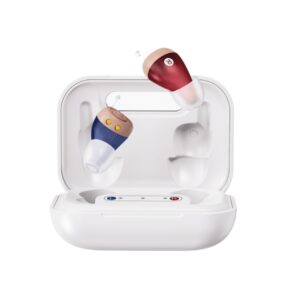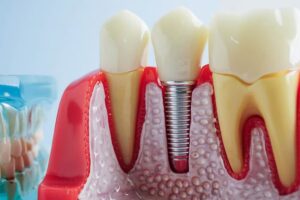
Dental phobia, the anxiety that children have about going to the dentist, is a problem for dentists and parents alike. Nonetheless, paediatric dentists are prepared with different techniques to address this matter. Through their knowledge of the nature of dental fear and the application of various approaches, these practitioners want to make the experience of treating young patients calm and enjoyable.
1. Creating a Child-Friendly Environment
Creating a warm and kid-friendly environment in their offices is a priority for paediatric dentists. Young patients feel less anxious and at ease in waiting rooms with interactive features, bright colours, and whimsical decorations. Dentists want children to associate visiting the clinic with positive experiences from the moment they walk through the door, which is why they designed the facility with their needs in mind.
2. Utilising Behavior Management Techniques
Behaviour management strategies are essential for assisting kids in overcoming their fear of dentists. Paediatric dentists use different techniques, including positive reinforcement, distraction tactics, and desensitisation, to reduce anxiety and promote cooperation during dental treatments. Additionally, dentists employ age-appropriate explanations, praise, and modest prizes to foster trust and confidence in their young patients.
3. Engaging in Communication and Education
Treating dental fear in kids requires communication. Children’s dentists use straightforward language and visual aids to explain treatments in a calm, friendly, and straightforward manner. Dentists try to give kids a sense of control over the situation by having conversations about oral health and the value of dental care, which helps them feel less scared and anxious.
4. Offering Sedation Options
Children’s dentists may give sedative solutions in circumstances when children have acute anxiety or need challenging dental operations to guarantee a comfortable and stress-free experience. Among the methods for helping kids unwind during treatment while still being awake and receptive include nitrous oxide, also referred to as laughing gas, and oral sedatives. The efficacy of these sedative methods is guaranteed by supervision during their administration.

5. Emphasising Prevention and Early Intervention
Preventive treatment and early intervention are the priorities for paediatric dentists to minimise the need for procedures and lessen dental visit anxiety. Fluoride treatments, dental cleanings, and routine examinations all contribute to maintaining oral health and identifying possible problems early on. Children’s dentists strive to establish proper oral hygiene practices and gradually lessen dental anxiety in their young patients by stressing the value of preventive care.
6. Building Trust and Establishing Rapport
Rapport-building and trust-building are essential to treat dental fear in young patients. Children’s dentists take the time to get to know their patients personally, listening to their worries and developing a relationship of trust based on respect and empathy. Dentists provide the groundwork for long-term oral health and enjoyable dental experiences by fostering a compassionate and supportive atmosphere.
7. Collaborating with Parents and Caregivers
When it comes to treating dental phobia in children, cooperation with parents and other carers is crucial. Children’s dentists advise and assist parents by giving them pointers on how to help their kids deal with anxiety at home and get ready for dental appointments. An approach to conquering dental fear and improving oral health is ensured by dentists by including parents in the dental treatment process and attending to any concerns they may have.
8. Continual Professional Development
Children’s dentists participate in ongoing professional development to stay aligned on the methods and approaches for treating paediatric dental anxiety. Dentists enhance their ability to manage behaviour, communicate, and provide patient care by continuing their education and training. This strategy helps them address the young patients’ requirements in a dynamic healthcare environment.
Conclusion
Children’s dentists use different techniques to help young children afraid of the dentist by fostering a calm, encouraging environment that promotes oral health. These practitioners strive to reduce anxiety and dread related to dental appointments by emphasising prevention, communication, and patient-centred care. These strategies help patients have positive experiences and develop lifetime oral health habits.
Don’t let dental phobia hold your child back from dental care. Visit Atria-City Dental Group to learn more.








